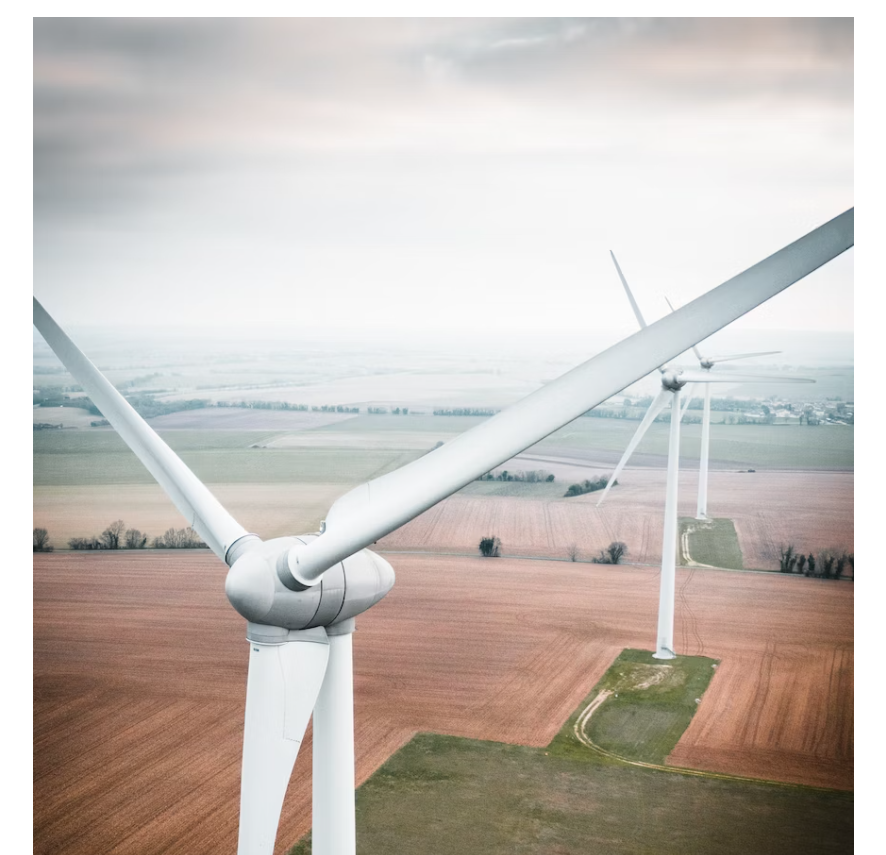via Mike Shedlock:
Subsidies are not enough to make wind energy projects viable. Onshore and offshore projects are delayed or scrapped.

Wind Industry Projects Delayed or Cancelled
The WSJ reports Wind Industry Hits Rough Seas as Problems Mount
After months of warnings about rising prices and logistical hiccups, developers and would-be buyers of wind power are scrapping contracts, putting off projects and postponing investment decisions. The setbacks are piling up for both onshore and offshore projects, but the latter’s problems are more acute.
In recent weeks, at least 10 offshore projects totaling around $33 billion in planned spending have been delayed or otherwise hit the doldrums across the U.S. and Europe.
The holdup of projects that could generate 11.7 gigawatts—enough to power roughly all Texas households and then some—likely pushes 2030 offshore wind targets out of reach for the Biden administration and European governments.
Cancelled or Posponed
- The Norwegian energy major and BP are developing three wind farms off the coast of New York to power around two million homes but told the state in June that it will need to renegotiate power prices or else the projects won’t get financing.
- Three projects in the North Sea totaling about $19 billion in planned spending are potentially delayed or revising terms.
- Avangrid, a U.S. subsidiary of Spanish utility Iberdrola IBDRY, this month agreed to pay $48 million to back out of an offshore wind-power deal in Massachusetts that it bid in September 2021, when outlooks were rosier.
- Another Massachusetts project backed by Shell, Engie. and EDP Renewables is negotiating with utilities after saying it wanted to cancel and rebid its agreements to provide power.
- Rhode Island’s largest utility bowed out of an offshore project.
- Wind installations on land halved in the first quarter of the year compared with the same period last year, the slowest quarter in four years, according to the American Clean Power Association.
What Happened?
- The price of steel and other materials rose at the same time that European countries accelerated plans for offshore wind.
- Interest-rate increases made borrowing more expensive.
- Larger machines are running into problems with wear and tear.
- “We have problems both offshore and onshore,” said Tim Proll-Gerwe, spokesman with Siemens Energy. The company, which had previously said quality issues related to its subsidiary’s flagship onshore turbines could cost up to $1.1 billion to fix, on Monday raised that estimate to about $1.75 billion.
- Blade supplier TPI Composites issued a profit warning last month that it was seeing higher inspection and repair costs.
What happened are the precise things that anyone with any bit of common sense warned about in advance long ago.
And note that these projects are not viable despite massive subsidies in Biden’s preposterously named Inflation Reduction Act.
Hoots of the Day
- Siemens, which also forecast that it expects to lose about $5 billion this year, said it has a record-high backlog as demand for turbines soars.
- “You ain’t seen nothing yet,” Biden said last month about his administration’s plans to pursue more wind projects, including the first auction in the Gulf of Mexico later this month.
Of course there is record demand for Turbines at a loss.
Regarding “You ain’t seen nothing yet,” I am quite confident of that.
This clean energy boondoggle is sure to get worse. That’s what always happens when governments pick winners and losers, dictate technology solutions, and offer subsidies to the losers to make them appear viable.